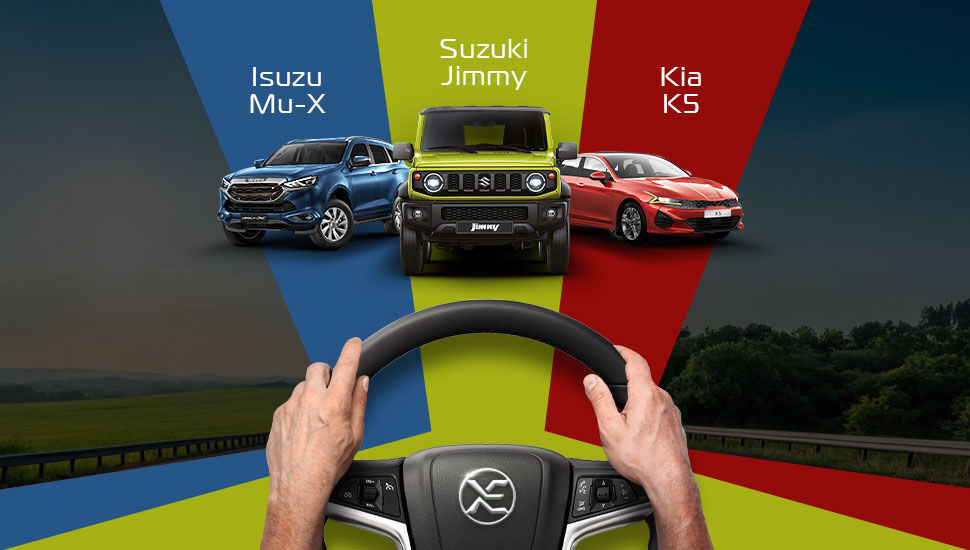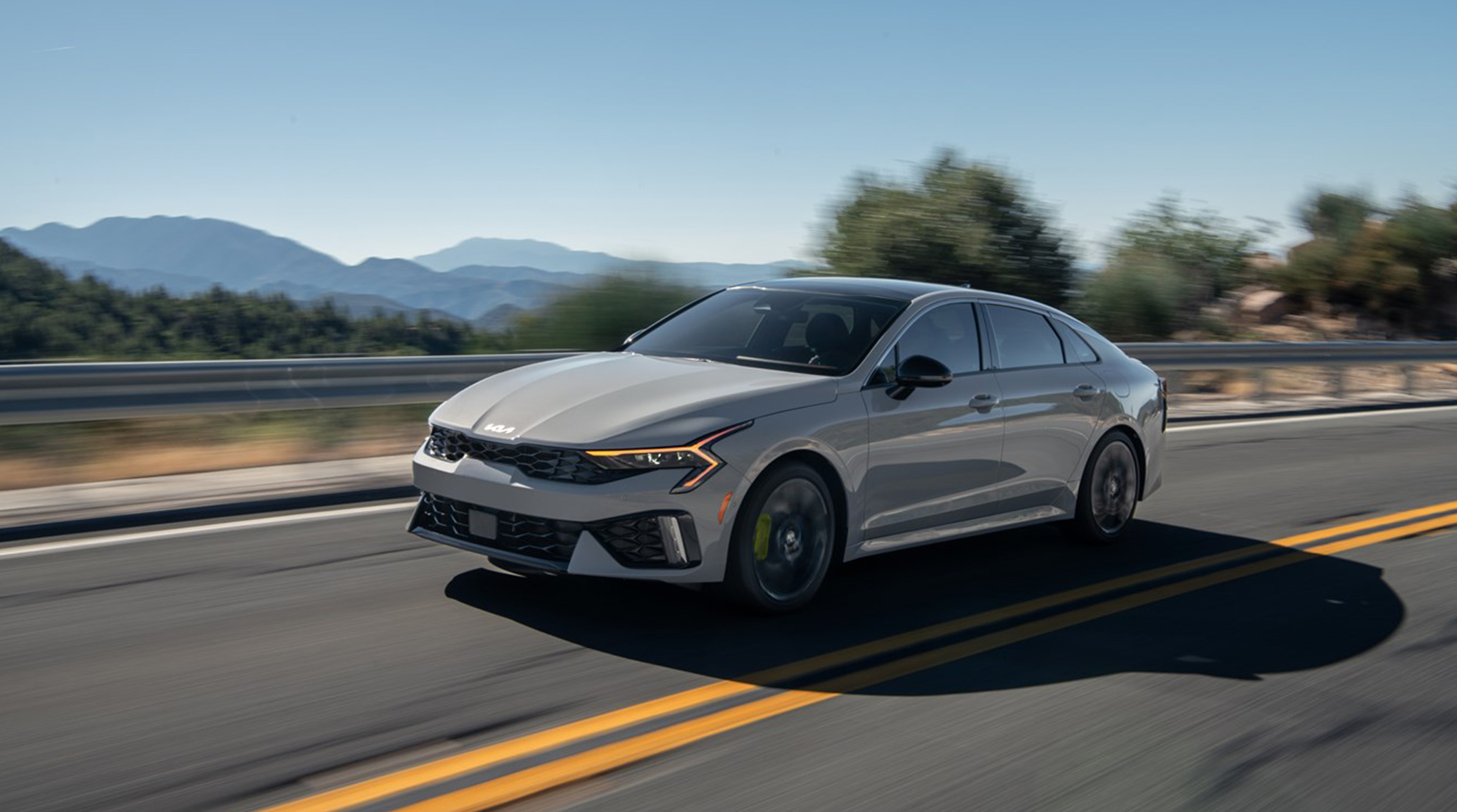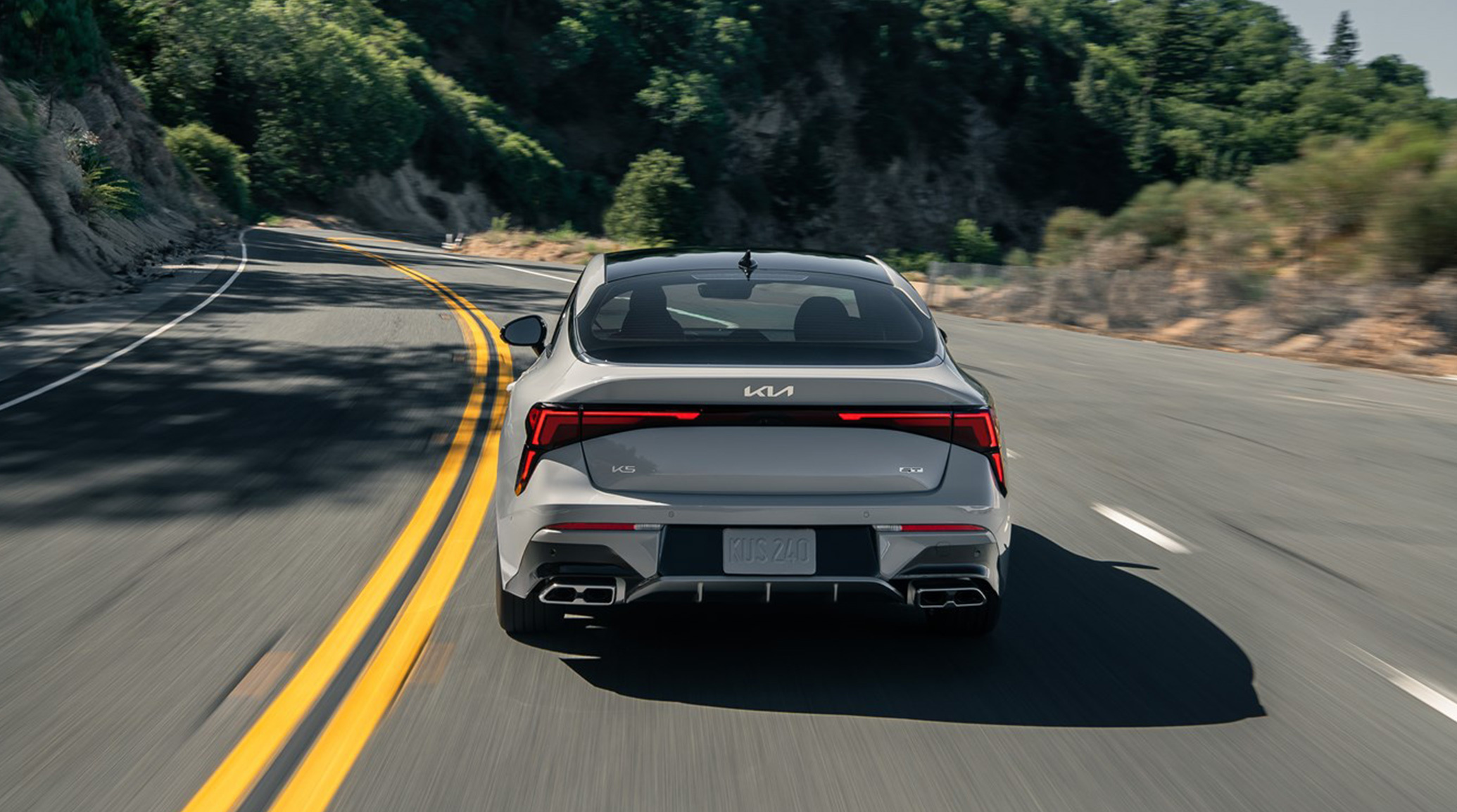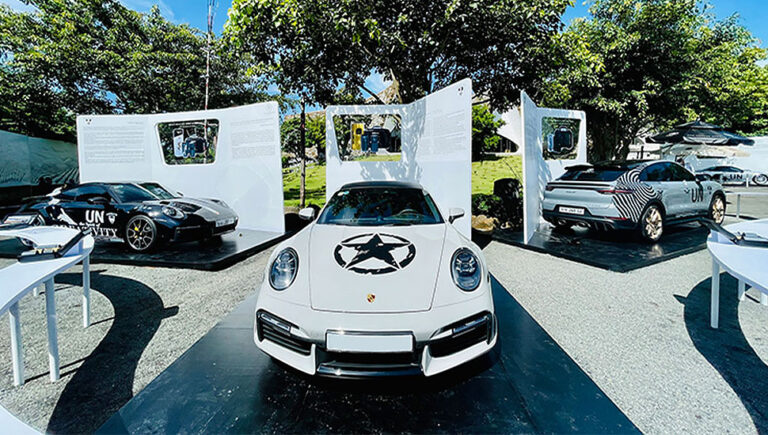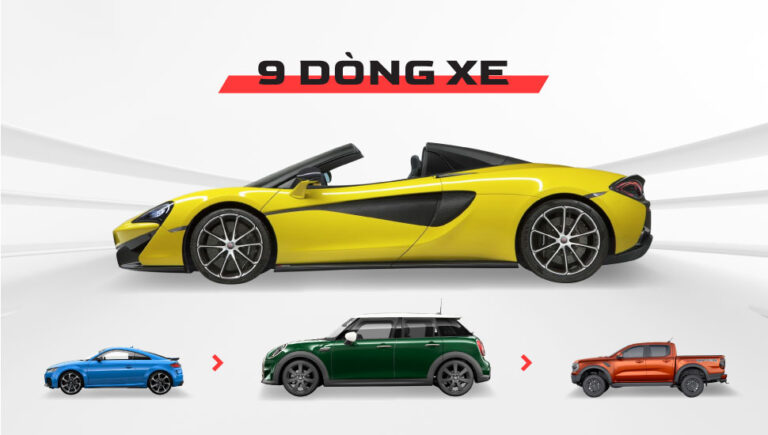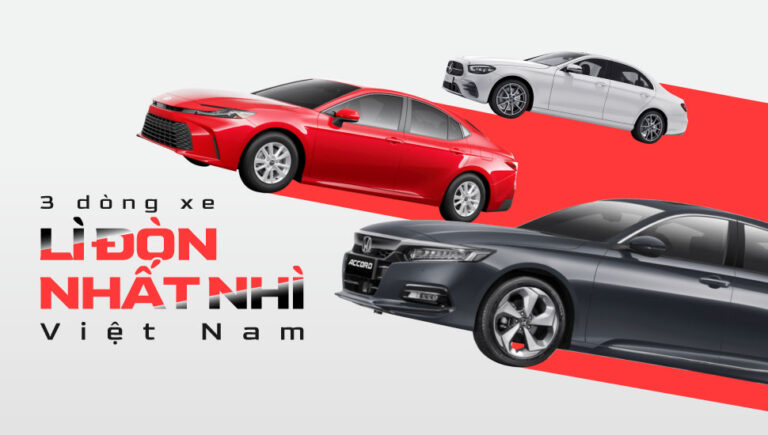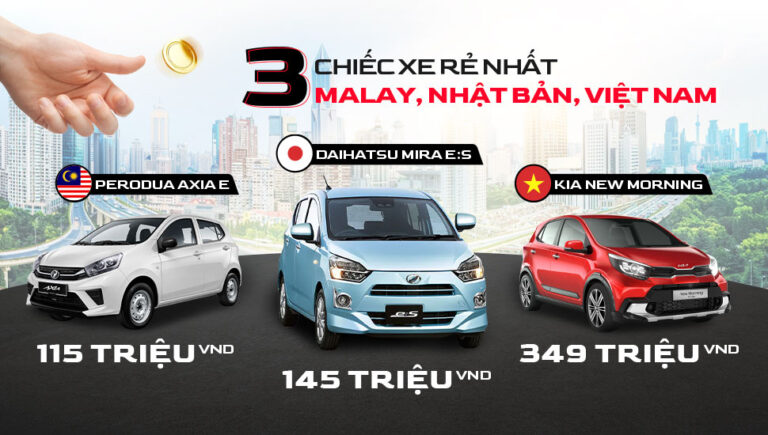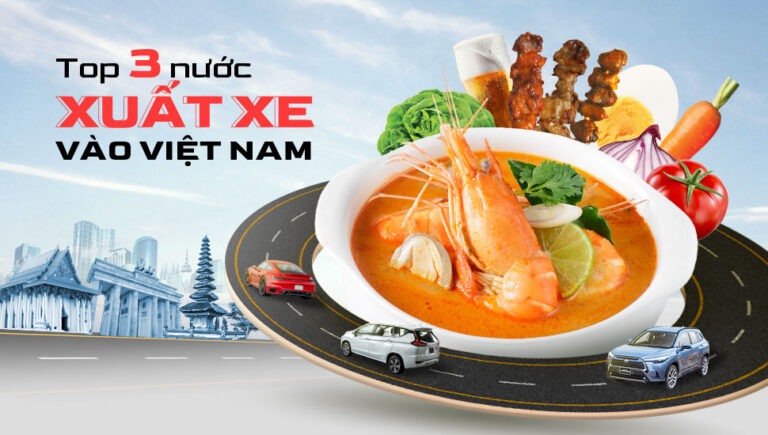In automotive sales reports, we usually see rankings of bestsellers that drive consumer excitement. But today, let’s pull over to the side, step out of our car, and ponder an intriguing question: Why do the Isuzu Mu-X, Suzuki Jimny, and Kia K5 – vehicles that shouldn’t be slow sellers – find themselves in an unexpected sales slump?
Isuzu Mu-X: The Lonely Star of 7-Seater SUVs
In Vietnam’s SUV landscape, the Isuzu Mu-X is like a talented actor cast in a supporting role in a blockbuster film. Despite its solid “performance,” ticket sales tell a different story. Let’s flip through this “script” to understand why this vehicle became the “odd one out” in the sales race.
The Price of Luxury
If the Toyota Fortuner is your familiar iced milk coffee, the Mu-X is like a cup of premium Kopi Luwak served in Thai Công luxury, priced at over 1.1-1.2 billion VND. Powerful competitors like the Ford Everest and Kia Sorento offer more competitive pricing. Not to mention, dozens of 5+2 SUVs priced at 700-800 million are constantly vying for customers, never giving the Mu-X a moment’s peace at the showroom.
Despite its diesel engine’s impressive fuel economy, in these challenging economic times, both novice and experienced drivers prioritize affordability over dreams of a grand SUV that might take years to pay off.
The Truck Legacy Roadblock
Anyone who grew up in the 90s remembers Isuzu’s cargo-laden trucks. When people think of Isuzu, their first thought isn’t “Are you ready to experience luxury?” but rather “I wonder if this vehicle can carry an entire construction site?”
This perception has become a “curse” for Isuzu in Vietnam. It’s like trying to believe a cafeteria cook can create fine French cuisine – many still doubt Isuzu’s ability to craft luxury passenger vehicles. While Isuzu has long developed passenger vehicle technology, the shadow of their trucks looms large.
Finding Mu-X’s Escape Route
The Mu-X is like a martial arts star with great moves and endurance but lacks the “soul food” audiences crave: eye-catching design, prestigious branding, and competitive pricing. In a market where “buying a car is buying status,” having strong “hard” factors isn’t enough – you need “soft” values to win hearts. Perhaps it’s time for Isuzu to add some ink to rewrite its brand story and shed its “outsider” status in Vietnam’s 7-seater SUV party.
Suzuki Jimny: The Tin Soldier of Vietnamese Roads
In a world where SUVs keep expanding like bread in an oven, the Suzuki Jimny is like a petite, characterful sushi roll. However, in Vietnam, this “little soldier’s” fate hasn’t been as smooth as its adorable exterior suggests. Let’s dissect three reasons why the Jimny has become a hard pill to swallow for Vietnamese consumers.
800 Million: The Price of Tiny Prestige
Imagine walking into a fine dining restaurant, ordering an artfully presented dish the size of your palm, and receiving a bill for… 800 million. That’s the feeling when looking at the Jimny’s price tag. A SUV the size of a Husky priced like a rhinoceros-sized vehicle.
For this amount, buyers have over 20 alternatives with full amenities, unlike the Jimny’s four seats and cabin-luggage-sized trunk. Though it’s an artistic masterpiece in design and off-road capability, this “dizzying” price makes the Jimny hard to swallow like an uncoated pill for practical Vietnamese consumers.
When Brand Recognition Isn’t Quite… Mature
Vietnamese people from the 70s and 80s remember Suzuki for legendary motorcycles like the Viva and FX; cars like the “old school” Vitara, or more recently, the Ciaz and XL7 – names that haven’t quite matched titans like Toyota, Honda, and Mazda. Though in the 500kg light truck segment, the Suzuki Super Carry has been unrivaled since 1995.
Despite Suzuki’s long automotive history, especially in India’s billion-strong market, it hasn’t achieved “master” status in Vietnamese consumers’ hearts. They’d rather spend 800 million on a “proven” brand than risk it with a name that raises questions about resale value.
When Practicality Meets Passion
When first seeing a Jimny, the impression comes not just from its quirky appearance but from its lifestyle statement. It’s like a camouflage uniform for off-road parties, not the versatile business suit most Vietnamese seek. Born for adventure, from its military-inspired retro design to its off-road-specific chassis, these distinctive features become drawbacks in a market where cars need to “take kids to school and wives to the market.”
Life needs more than a car to admire – it needs a vehicle serving essential daily needs. And with 80% of Vietnamese following a “one-car-fits-all” culture, the Jimny faces a tough equation in practicality.
When Character Becomes a Burden
The Suzuki Jimny, though charming and admired by many, faces these three challenges that have slowed its growth in Vietnam, where practicality is decisive and uniqueness can become a barrier. Yet perhaps, in a market increasingly valuing individuality, these “tin soldiers” like the Jimny will soon find their rightful place. Sometimes, for differences to be accepted, we must have the courage to wait.
Kia K5: The Beauty Queen Who Missed Her Timing
If the car market were a beauty pageant, the Kia K5 would be like a beauty queen emerging from Seoul’s finest cosmetic surgery clinic, perfect down to the last centimeter. However, despite possessing looks that could captivate thousands, Miss K5 hasn’t quite won over the Vietnamese audience’s hearts. Let’s explore three reasons why this Korean “poetry in motion” remains solitary on Vietnamese streets.
The Tale of an “Expensive Beauty”
One billion – this number on a Korean sedan’s price tag is like wearing budget shoes with a designer outfit – something that doesn’t quite add up in traditional Vietnamese mindsets. Vietnamese people, traditionally more frugal than market vendors, would rather opt for equally glamorous SUVs that offer two extra seats than spend a billion on a Kia K5.
Though the K5 boasts knife-sharp lines, an elongated silhouette, and luxurious interior details, its “Korean billion-dong car” nationality still makes many hesitate. Like the concept of “matching status” in marriage, for many Vietnamese, brand prestige still outweighs external beauty.
She Joins a “Beauty Queen League”
Stepping into the D-segment sedan arena, the Kia K5 is like a rising star among established “killer” beauties: Camry – the elegant lady with powerful heritage, Accord – the accomplished businesswoman, Mazda6 – the captivating Japanese beauty, and Civic RS – the confident character. Each with their own charm, sharing a “Sedan Pie” that’s less than 10% of the country’s total car market.
The D-segment sedan that are top of mind (not top of sales) for senior Vietnamese buyers:
Despite the K5’s perfect V-line face with its signature “tiger nose” grille, sharp “tiger eye” LED lights, and seductive curves, it hasn’t quite earned its spotlight among these powerhouse sisters strong in both beauty and heritage.
The K5 Poetry in Motion Holds Its Breath
Launched in 2021, the K5 remains stunning even after years without a makeover, like a beauty queen in everyday life: eye-catching paint, fastback curves, and a complete interior. Yet it still lacks that lucky charm to capture Vietnamese hearts. The combination of high pricing, fierce competition, and shifting market trends has temporarily left this beautiful K5 watching from the sidelines.
Japanese brands consistently maintain their prices and customer base through various strategies. Meanwhile, the K5 still needs more “seasoning” to enhance its appeal. Perhaps the Korean K5 truly needs some “magic potion” to stand shoulder-to-shoulder with the Japanese sedan lords (and pre-owned German sedans), rather than simply being shipped to dealerships to wait for potential suitors.
❉ ❉ ❉
This comprehensive analysis reveals how these three distinct vehicles, each with their own unique charm and capabilities, face similar challenges in the Vietnamese market. Their stories reflect not just automotive preferences, but deeper cultural values and economic realities that shape Vietnam’s car-buying decisions.
